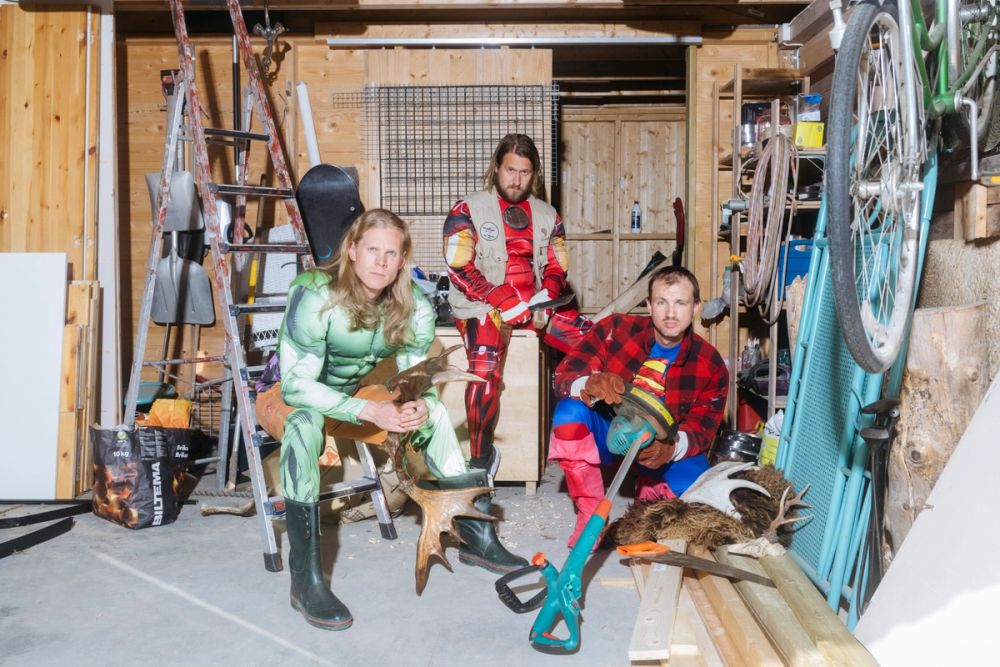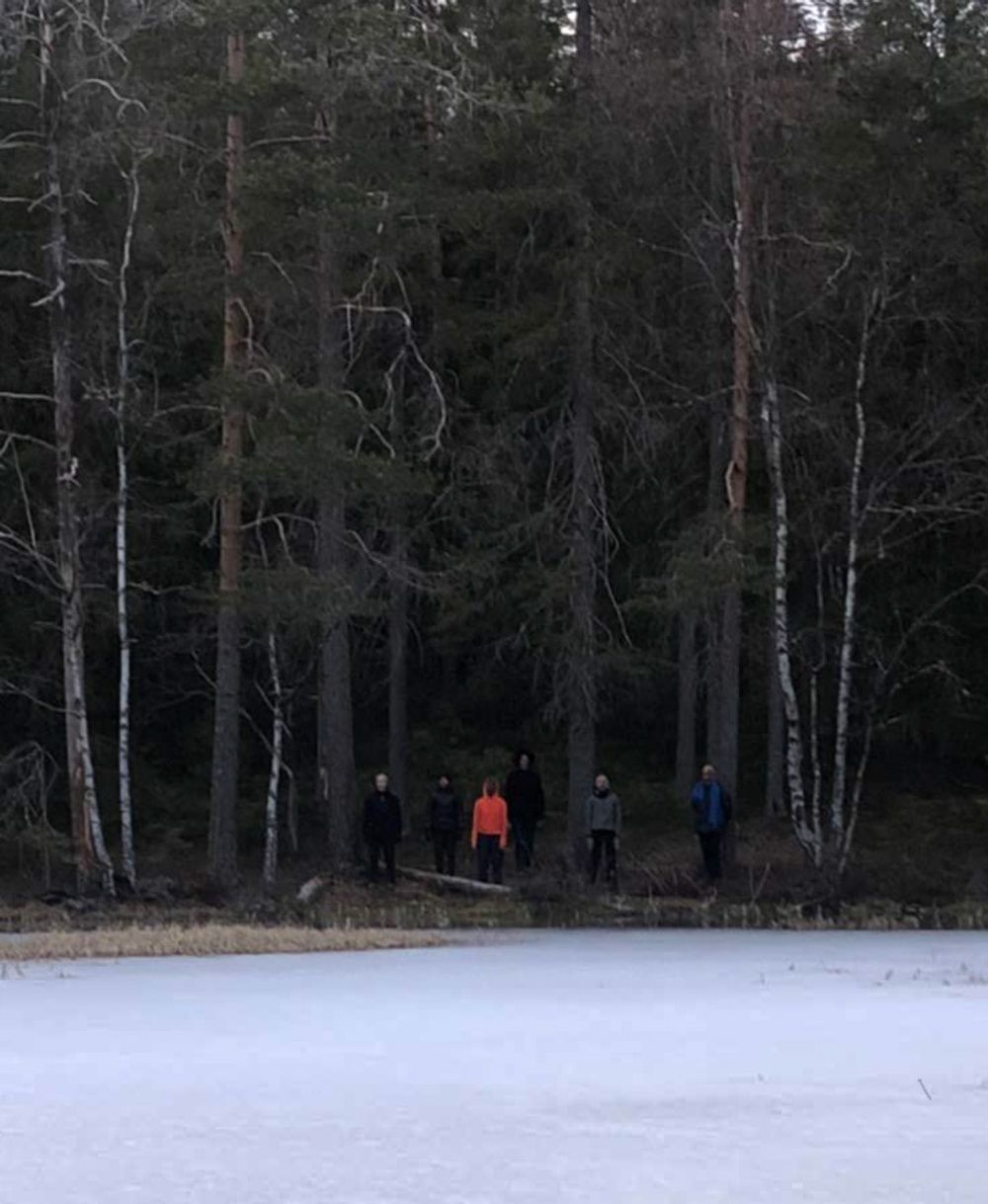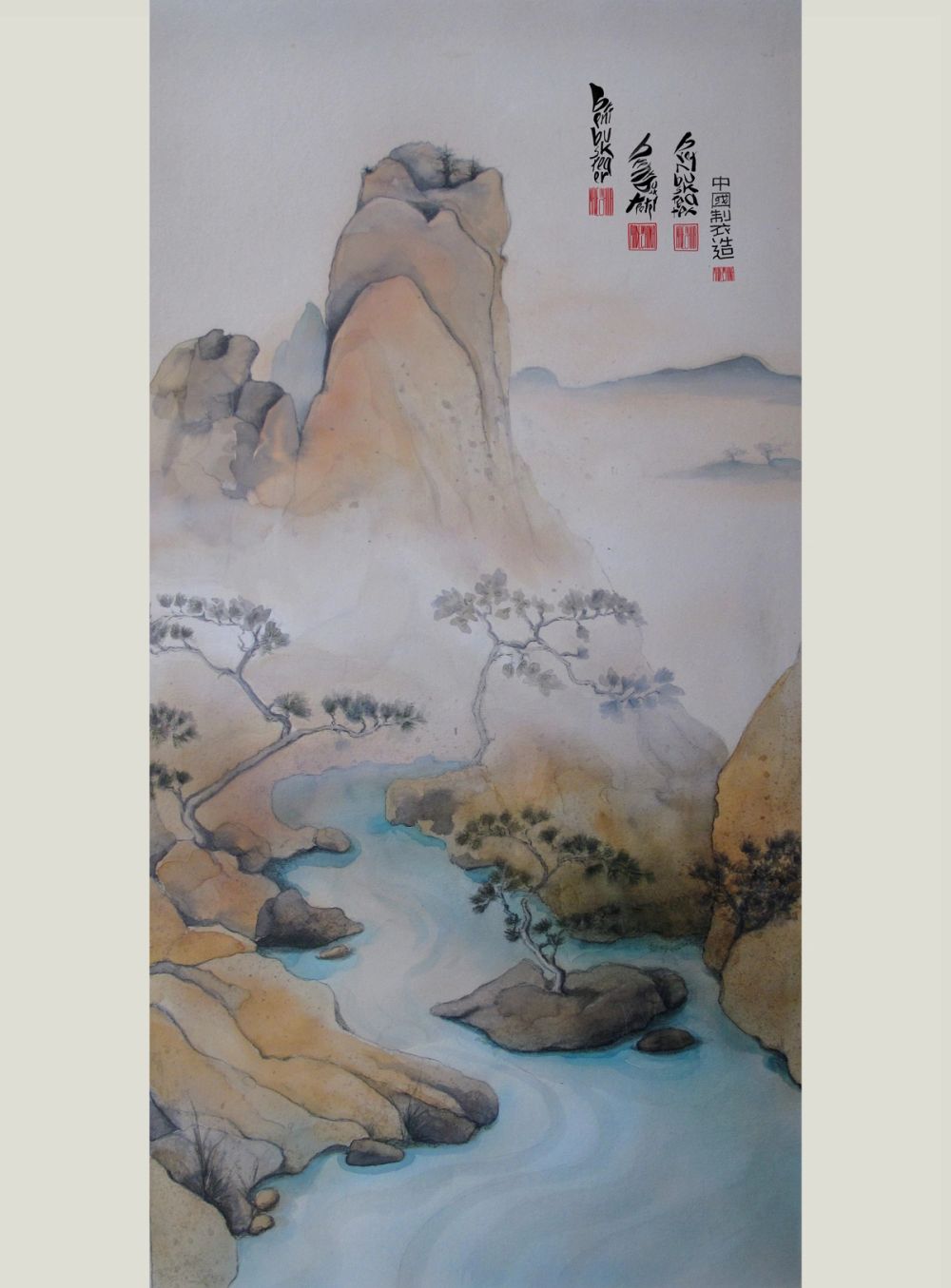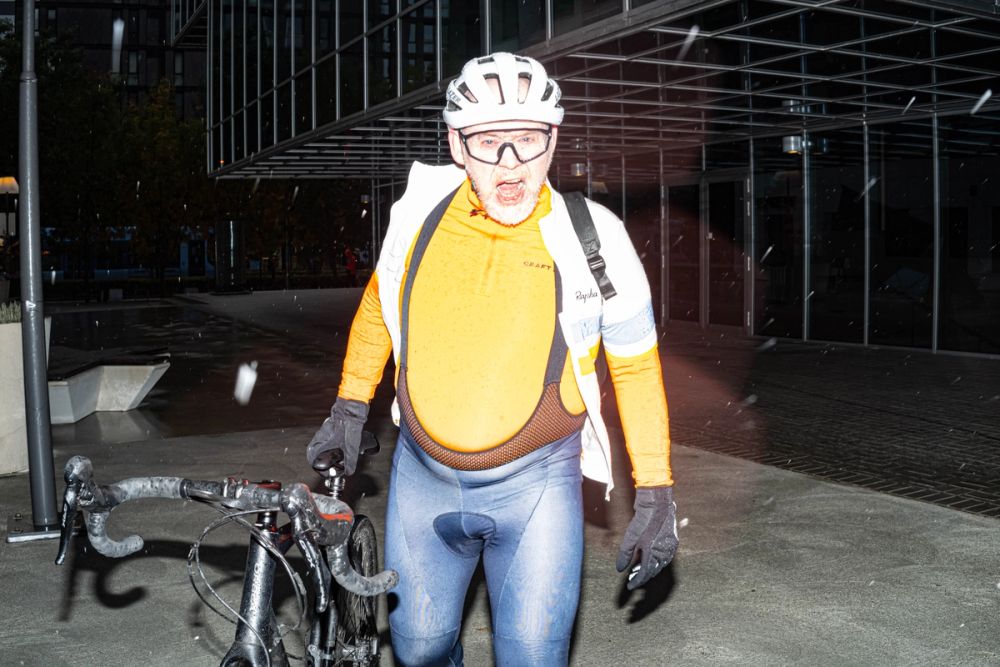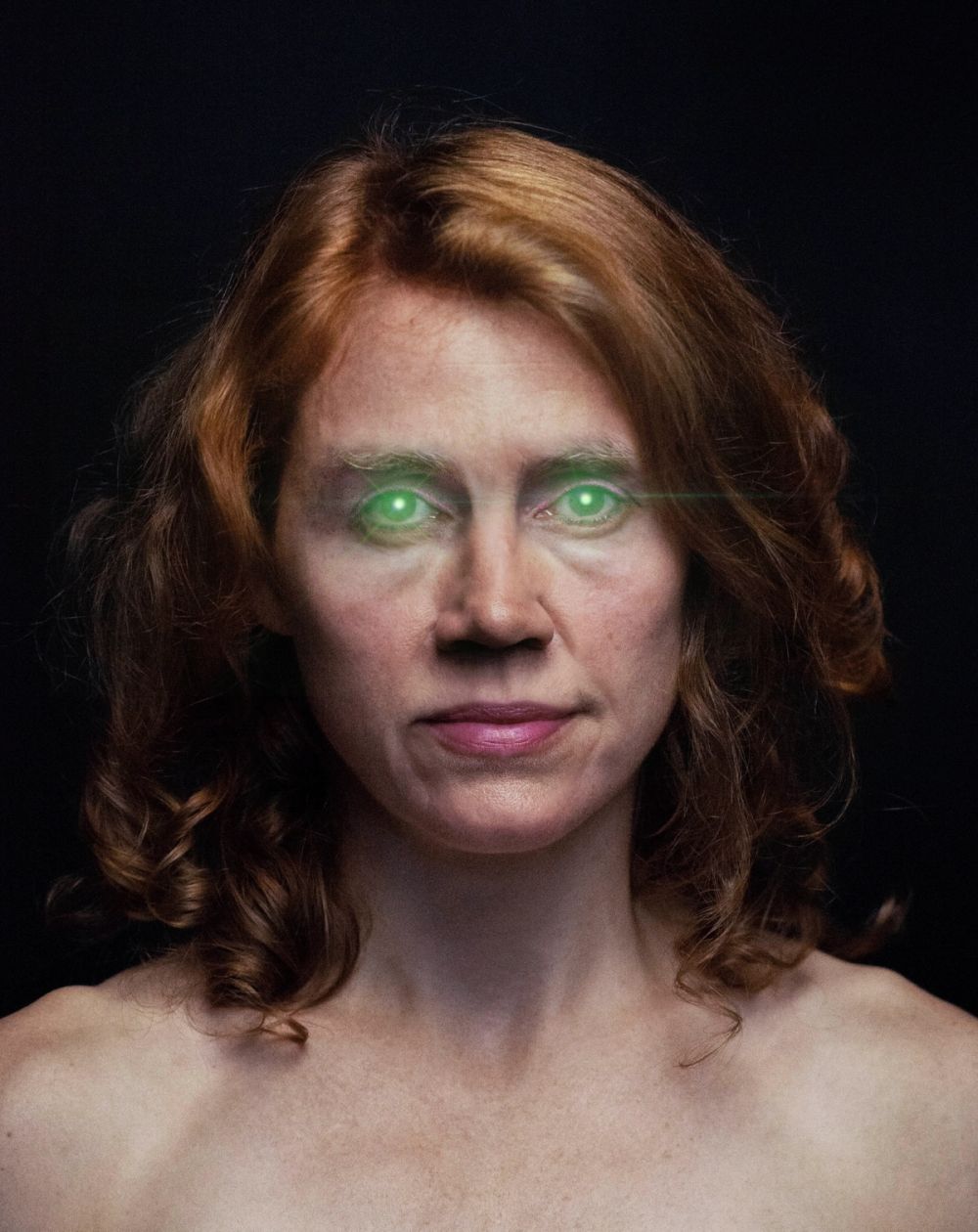A conversation with Verdensteatret
Through their unique fusion of various artistic expressions, technology and cultural exploration, Verdensteatret has for a number of years given the audience magical experiences from their universe on stage. This autumn we have a rerun of Trust me tomorrow, which was shown during the pandemic with a limited audience capacity. Fortunately, more people now have the opportunity to see this beautiful performance. We have had a chat with them and asked them to tell us a bit about how they work to create their performances.
How do you describe the creative process behind the performances in Verdensteatret? Where did you find inspiration in your work with Trust me tomorrow?
We often start our new projects with a research trip. In the past we have visited places such as Greenland, the Mekong Delta in Vietnam, Odessa in Ukraine, Kolkata in India. The research for Trust me tomorrow took place between two gigs in the USA. For two weeks we explored various locations in New Mexico and Texas, from the pitch black of a bat cave in Carlsbad Caverns to the blinding light of the White Sands desert. Back home in Oslo, the material is being processed. Our individual (and unreliable) memories of shared experiences are recreated as choreographies, actions, scenography, compositions, sculptures and scenes. Local places are recreated in a distorted way. Every detail has an abyss in it, a horizon. We refrain from trying to force the material in a certain direction early in the process, as it then easily closes. The material must be turned over many times before it gives up its secrets and shows us how it can best be expressed. Often in a completely different direction than we ourselves could have predicted.
Verdensteatret is known for combining various art forms such as music, visual art and technology. Can you tell us a bit about how you explore the relationship between technology and human expression in your performances?
We use the tools that best suit the material we are working with at any given time. The ones we find most interesting, which can give us new angles in the search for what we want to express. We gradually create a landscape of different media and perspectives. A little after the idea that everything we do as humans, we do in a landscape. Everything we think, we think in a landscape. The landscape is our lifeworld, our daily life horizon. We intuitively orient ourselves around here in search of a poetic resonance. An entrance/access to what we do not yet know. Although we are often put in a technological category, we always start with the human being as a starting point.
As an artist collective with many people involved, you must of course have a strong focus on collaboration. How do you work together during the process of developing a performance?
There is always a mixture of conflict and agreement. Recognition and alienation. Over time, we work towards a common artistic language and aesthetics where all the artists have a say in all aspects of the work. In the end, we end up in an ambiguous composition of apparently paradoxical components where presumably each individual artist has his own interpretation, but where the work is a functioning whole.
You have been traveling and touring for many years. Do you have an experience “behind the scenes” that you would like to share with us that has been particularly challenging or memorable from a performance you have held?
Over the years, we have worked a lot with technology and preferably not the most obvious solutions when it comes to robotics, electronics and programming. The technology does not always play on its team, and this has occasionally led to both frustrating, but also comical moments.
Our long-time artist Eirik Blekesaune came to Amsterdam in 2019 when we played HANNAH at the Stedelijk Museum during the Sonic Acts festival. Eirik was there to train Magnus Bugge. Magnus had few problems running the show, so Eirik had a lot of free time that week. Right before the last performance, one of our home-made dimmers failed. A slight feeling of panic spread. The performance was sold out, and the audience was already waiting outside. After a bit of back and forth, we found out that the dimmer, which was located up on the gallery, only worked if you held a finger on it. Eirik offered to help, and got into position up on the gallery. This is how it came to be that Eirik, in his last job with the World Theater for the time being, kept the performance alive with the help of his right index finger gently pressed against the dimmer switch. We sometimes describe our works as stories about the frailty of the human soul. At this moment, it wasn't just our souls that felt frail.
Finally. Do you have any upcoming projects on the horizon that you can “secretly” share with us?
We can already reveal that we are working on a new production that will premiere at Henie Onstad Art Center on 18 January. It will be very good!
Trust me tomorrow will be shown on 8-9. September
